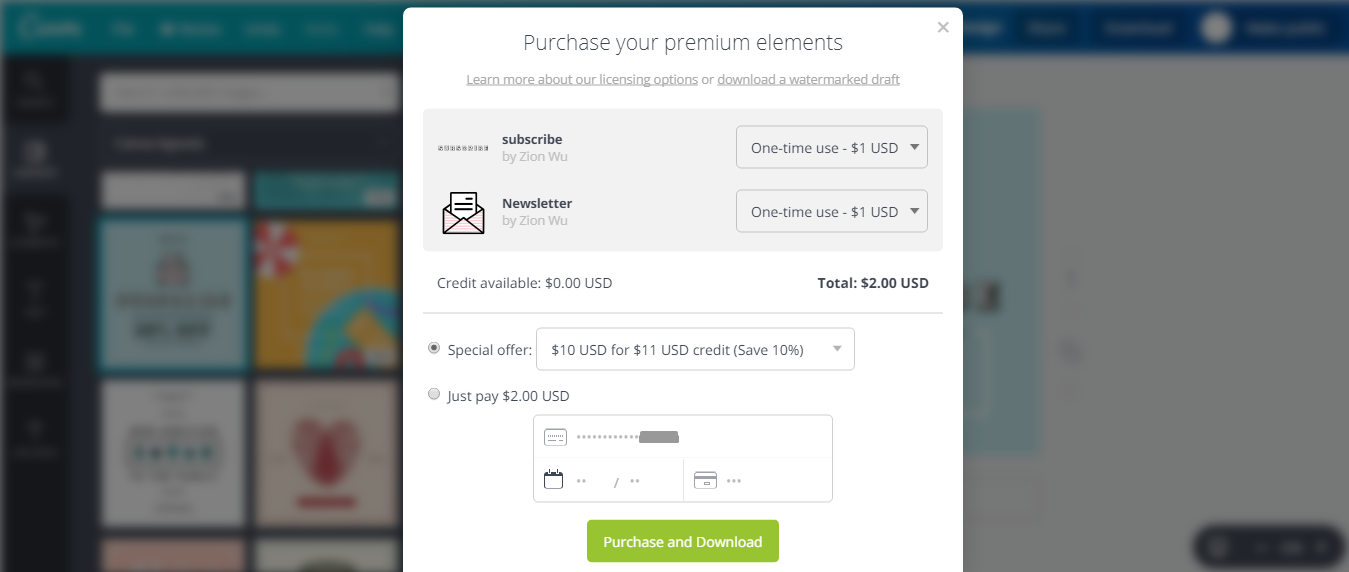So you have this perfect WordPress site with the perfect icons, graphics, and notifications.
Now what?
Probably it’s time to get the money rolling in.
How can you engage your visitors so that they explore the features of your site and even buy a thing or two?
You may have a nice membership option that adds a lot of value. You may also have a great service or a knowledge-based document. However, if you do not have a visitor engagement strategy, your visitors will just browse around and leave. In this article, we discuss several ways to have your WordPress site visitors linger longer and take required action on your site.
WordPress site monetization is a precarious business. Without a strategy, don’t expect much from your site. How do you generate the money you have waited for? For starters, you need enough revenue to justify an ROI.
Here are a few tips to help you make the most of your WordPress site:
1. Freemium for Website and Games
Offer a free basic version of your website to consumers. This will help you penetrate the market quickly. You can have them buy additional features or a monthly subscription, once they find what they are looking for on your website.
Freemiums for a restricted period or features is one of the most effective ways to get your customers hooked on your website. This strategy is quite popular in the case of gaming websites. Once the visitor creates an online profile and connects with other users, they’ll want to buy additional features to play more. Offer free content and features every once in a while to keep users engaged.
2. One-Time Memberships
A one-time paid website requires your users to download the entire website with free updates and add-ons periodically. Your website needs to have enough marketing covered and should be meaningful and compelling enough for users to buy the entire product or service you offer and download it to their devices.

Canva offers premium elements to be paid before downloading your design even if you have a premium account.
One downside of this type of website is that you need to get new customers to generate continued revenue. Many ebooks and comic websites work this way. Several productivity websites like nutrition control, prototype designing, weight loss, time management, etc are offered as one-time paid membership.
3. Paid Features
Although this strategy for website monetization has been criticized widely given it is contradictory to the business model, it works fine for many websites. This hybrid model requires users to pay for a one-time download and subsequent add-ons. It’s tricky to convince customers to spend money on a website, but if done the right way, it can prove to be a valuable strategy in the long run.
4. Advertisements
Countless websites use this model for monetization. The website offers plenty of information including free downloads, but you get your share of advertisements. The website owners make money from the ads when a visitor clicks on those ads. Apart from that, impressions on the website can also help in enhancing the ad revenue.
When you use advertisements for monetization, you must exercise caution. First, avoid slapping ads in between the content as it hampers readability. Second, you should not prompt anyone to click on your ads; else you may end up with an account ban.
Great Features to Add to your WordPress Website
You may have all the bells and whistles on your website, but any soaring website could nose-dive if it does not have the marketing elements integrated. Your website may look polished on the rollout, but later on, you never get to see the expected volume!
Discuss these five specific market penetration strategies to improve the usability of your website with your WordPress developer. They may sound simple, but they go a long way into converting the exploring visitors into loyal customers.
Let’s look at these great “must-have” features:
1. Push Notifications
Push notifications are a useful strategy to engage your website visitors and display product information. The key to a successful push notification is timing and relevancy. For example, it can be great to come up with a push notification when a user is on one of your landing pages. Understand your user and provide segmented data that is beneficial to them.
Several good examples will demonstrate how push notifications work well with users.
Check out these toppers on the website market:
2. Website Deep Linking
Website deep links enable developers to link to a specific page, state or event by bridging the gap between native URL schemes and web HTTP links.
By using a website deep link within an ad, email newsletter or social message, you can link directly to an offer/feature on your website. If the visitor is already a member of your website, then they will be taken straight to the desired location. If they are yet to become a member, then they will be taken to the special offers page.
3. Social Integration
Humans are social. We seek social relationships, especially with people who have similar interests. Many websites provide live chat tools and community commenting options. This is a great way to have website users log onto the website multiple times to engage with other online users. One of the most famous examples of a website that has got it right is LinkedIn, who have maintained a perfect balance between social competition and cooperation.
4. Consumer Engagement
Get some valuable feedback from your consumers. There are several third-party services that you can use to get comments on improvement and experiences from the visitor. You can reply back one-on-one to win favorites! Talk to them frequently to discover what they like and don’t like about the website. Have them rate your website using different surveys. Request for their wish list (you can receive this assistance from a website like Helpshift).
5. Product Iterations
Visitors cannot stand a stagnant website! Regular iterations, versions, and responsiveness are necessary for your visitors to feel that they are using a fresh or an upgraded website. It shows progression and improvement in terms of features and functionality. Take the feedback from your loyal members and improve your website. Let them know you did it only for them.
Apart from incorporating additional features, the following improvements can also help you in engaging website visitors:
- Reduce Page Load Time
No internet user likes a slow loading page. If your page takes more than 3 seconds to load, the user will hit the back button straight away. After all, they can find information elsewhere on the internet. To get started, choosing a reliable hosting provider can help as they continue making improvements to improve your site speed. Then, you can also download a few caching plugins to clean the clutter that is generated due to continuous visits to your website.
- Optimize Your Content
The average internet user no longer consumes content the way they used to do before. They expect meat and the moment they encounter clutter such as long paragraphs and loads of text; they go away. If you are to improve engagement, optimizing your content can be a crucial step. Start with incorporating images and then, you can break long paragraphs into short ones. To determine whether your content is optimized as expected, you can use many free and premium plugins out there.
- Sprinkle Internal Links
Google factors the average time spent on a website to decide to rank. If your user spends more than a few minutes on a web page, Google thinks it’s awesome and rewards with a ranking boost. The challenge is to keep the visitor on your website for longer than usual. To get started, simply interlink your posts. Create an impression that if the user misses out on any information, they might lose on the benefits too.
- Promote Social Sharing
When it comes to user engagement, what better option can you find than social media? Social media platforms such as Facebook and Twitter are used by millions, giving you the opportunity to get better exposure for your website. Make sure you put social sharing icons for leading platforms as doing that can generate traction, bringing in a rush of new users or precisely, potential customers.
That’s not all. The best way to engage users is to read their minds. Simply conduct a survey to know what users think about your website. You may get mixed responses, both negative and positive. Cheer for the positive and eliminate the negative! That should be your strategy; else you are most likely to lose out on the improvements.
Conclusion
The longer your visitors engage with your website, the more will be your ROI. WordPress offers several tools to integrate the strategies mentioned on this website. Use these tricks to refine website engagement and visitor retention for a rewarding website. When you use a new trick, don’t expect instant outcomes. Engaging users is not a one-day thing; it is more like a marathon than a run. So, continue making improvements and keep patience for the results to reflect.
Author Bio – Jason Grills is a technical writer currently associated with ProProfs Chat. He enjoys writing about emerging customer support products, trends in customer support industry and the financial impacts of using such tools. In his spare time, Jason likes traveling extensively to learn about new cultures and traditions.








